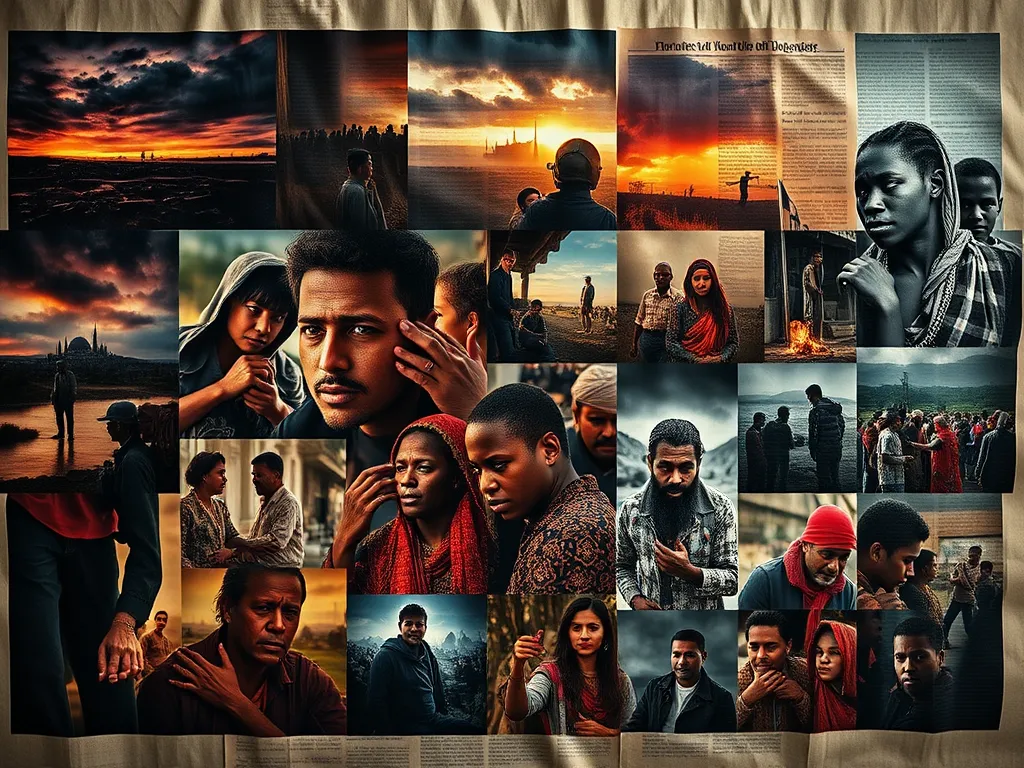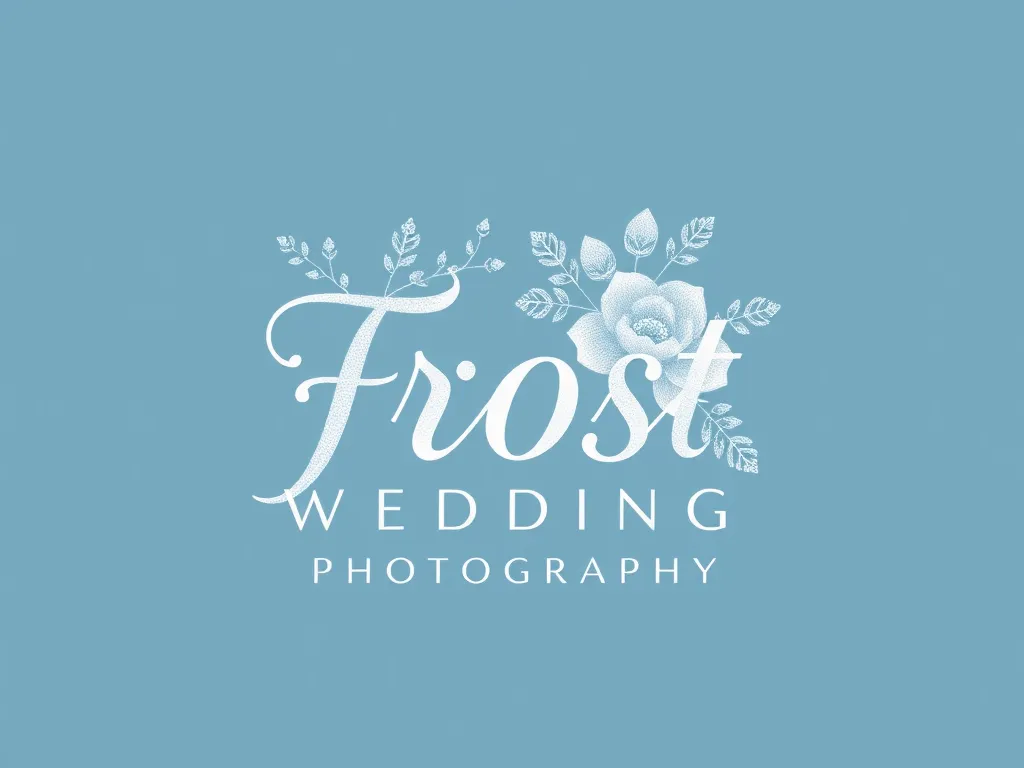Mastering Storytelling Through Images in Photojournalism

Storytelling Through Images: Understanding Photojournalism
Storytelling Through Images: Understanding Photojournalism is a compelling field that combines the art of photography with the ethics of journalism. It serves as a powerful medium for conveying stories, emotions, and important events from around the world. The images captured by photojournalists often speak volumes, transcending words to evoke a deeper understanding of the human experience. By capturing poignant moments in time, they illuminate issues that matter and stimulate public discourse.
In today’s media landscape, storytelling through images has evolved significantly. The advent of digital photography and social media has transformed how images are consumed and shared. With the click of a button, powerful visuals can reach millions, shaping public narratives and influencing opinions. Storytelling Through Images: Understanding Photojournalism is essential as it encapsulates these dynamics, highlighting the role of the photojournalist in navigating the complexities of truth and representation.
Moreover, the emotional impact of photojournalism cannot be underestimated. A single image can encapsulate an entire story, evoking empathy and understanding in ways that words often fall short. Storytelling Through Images: Understanding Photojournalism emphasizes the necessity of visual literacy, equipping audiences with the ability to critically assess and interpret images they encounter in media. This skill is increasingly vital in an era where misinformation can spread just as rapidly as accurate reporting.
The importance of visual storytelling in journalism is not merely aesthetic; it serves as a crucial tool for advocacy and social change. Many photojournalists utilize their craft to highlight social injustices, human rights violations, and environmental crises. Storytelling Through Images: Understanding Photojournalism empowers these artists to wield their cameras as instruments of change, challenging viewers to confront uncomfortable truths and inspiring collective action.
Ultimately, the art and practice of storytelling through images embody a unique convergence of art, journalism, and humanity. As we explore Storytelling Through Images: Understanding Photojournalism, we begin to appreciate the profound power that images hold in shaping our understanding of the world and driving progress.
The Role of Photojournalism in Modern Media
In modern media, photojournalism plays a pivotal role in shaping public opinion and informing audiences about crucial issues. Images captured in the field provide immediate, visual evidence of events and stories. They often convey the gravity of a situation better than text alone, making the impact of photojournalism undeniable. Through compelling visuals, photojournalists influence how society understands various issues, from political movements to cultural shifts, effectively framing public narrative.
However, the field does not come without ethical considerations. Photojournalists must grapple with the balance between telling a compelling story and respecting the dignity of their subjects. Ethical considerations in photojournalism are paramount, as photographers must navigate the fine line between journalistic integrity and sensationalism. The responsibility of depicting subjects truthfully and sensitively is vital for maintaining credibility and trust within the community.
Photojournalism differs significantly from traditional journalism, especially in its immediacy and emotional weight. While traditional reporting often relies on written narratives, photojournalism provides a visual representation of events. Key differences include the reliance on imagery to elicit emotional reactions and the broader context that photos can provide. Understanding these distinctions is crucial for appreciating the unique contributions of photojournalism in modern media landscapes.
Through the lens of storytelling, Photojournalism captures the raw essence of human experiences and societal issues.
The Techniques of Visual Storytelling
Composition techniques in photography are essential for impactful storytelling. Photojournalists often utilize principles such as the rule of thirds, leading lines, and framing to create visually striking images that draw viewers in. These compositional choices help to guide the audience's eye and create a narrative within the frame, making the storytelling aspect more compelling and cohesive.
Moreover, the use of light and shadow in photojournalism contributes to the story being told. Lighting can emphasize emotions, highlight critical elements, and set the mood of an image. Understanding how to manipulate light creatively allows photojournalists to enhance the visual impact of their work, drawing viewers into the narrative and evoking desired reactions.
Timing is another crucial factor in capturing moments in photojournalism. The phrase "a picture is worth a thousand words" rings particularly true when considering the art of timing. Knowing when to click the shutter can mean the difference between capturing an ordinary moment and a powerful, story-defining image. This sense of timing often separates successful photojournalists from their peers, as they must remain alert and ready to seize fleeting opportunities that convey a broader narrative.
Case Studies of Iconic Photojournalism
Throughout history, there have been iconic examples of photojournalism that have left a lasting impact on society. Analyzing famous photojournalistic works reveals the power of a single image to influence perceptions, ignite discussions, and inspire movements. Notable examples include images from the civil rights movement or powerful war photography that continues to resonate today, showcasing the critical role of visual storytelling in shaping history.
The impact of iconic images on society is profound; they often reverberate beyond their initial context, becoming symbols of larger movements. For instance, the stark photograph of a solitary protestor standing in front of a line of tanks during a demonstration has come to symbolize resistance against oppression. Such images have the power to shift public opinion and evoke empathy, becoming an essential part of the collective memory.
Additionally, understanding the photographers behind these memorable photos adds another layer to the narrative. The intentions, backgrounds, and experiences of these individuals often inform their work, driving them to capture critical moments. Many notable photojournalists have faced tremendous risks to bring these stories to light, embodying the compelling intersection of art, ethics, and responsibility in photography.
The Evolution of Photojournalism
The history of photojournalism is marked by significant milestones that have shaped its development over time. From the early days of capturing battlefields and social gatherings to the emergence of photo essays and multimedia storytelling, the evolution of photojournalism reflects broader changes in society and technology. Historical milestones highlight the role of photojournalism in documenting critical events throughout history, informing and shaping public consciousness.
The impact of digital technology on photojournalism has been transformative. With advancements in camera technology and the rise of the internet, visual storytelling has become more accessible and immediate. Photojournalists can now disseminate their work quickly, reaching global audiences through digital platforms and social media. This shift has democratized photojournalism, allowing more voices and perspectives to be represented in visual storytelling.
Emerging trends in contemporary photojournalism demonstrate a continued evolution of the craft. Issues such as climate change, social justice, and human rights are increasingly being explored through powerful visual narratives. Innovative techniques, such as incorporating personal storytelling and interactive elements, are reshaping the landscape of photojournalism, broadening the scope of what it means to convey a story through images.
The Ethics of Photojournalism
Balancing truth and sensitivity in photography is one of the greatest ethical challenges photojournalists face. They must weigh the need to capture the essence of a story against the potential harm a powerful image may cause to its subjects. Photojournalists often engage in a deeply considered ethical process, ensuring that their work respects the dignity and humanity of those they depict while remaining truthful to the story being told.
The responsibilities of photojournalists extend beyond just capturing images; they carry the weight of informing society. Responsible photojournalism requires awareness of the potential impact of their work on individuals and communities. Upholding ethical standards is paramount, as photojournalists strive to foster honest representation and accountability in their narratives.
Furthermore, ethical dilemmas in photojournalism shape the narratives being told. The choices made by photojournalists — from the moments they capture to the images they select for publication — profoundly influence public perception. By grappling with these dilemmas, photojournalists contribute to the ongoing conversation regarding ethics, accountability, and representation in contemporary storytelling.
